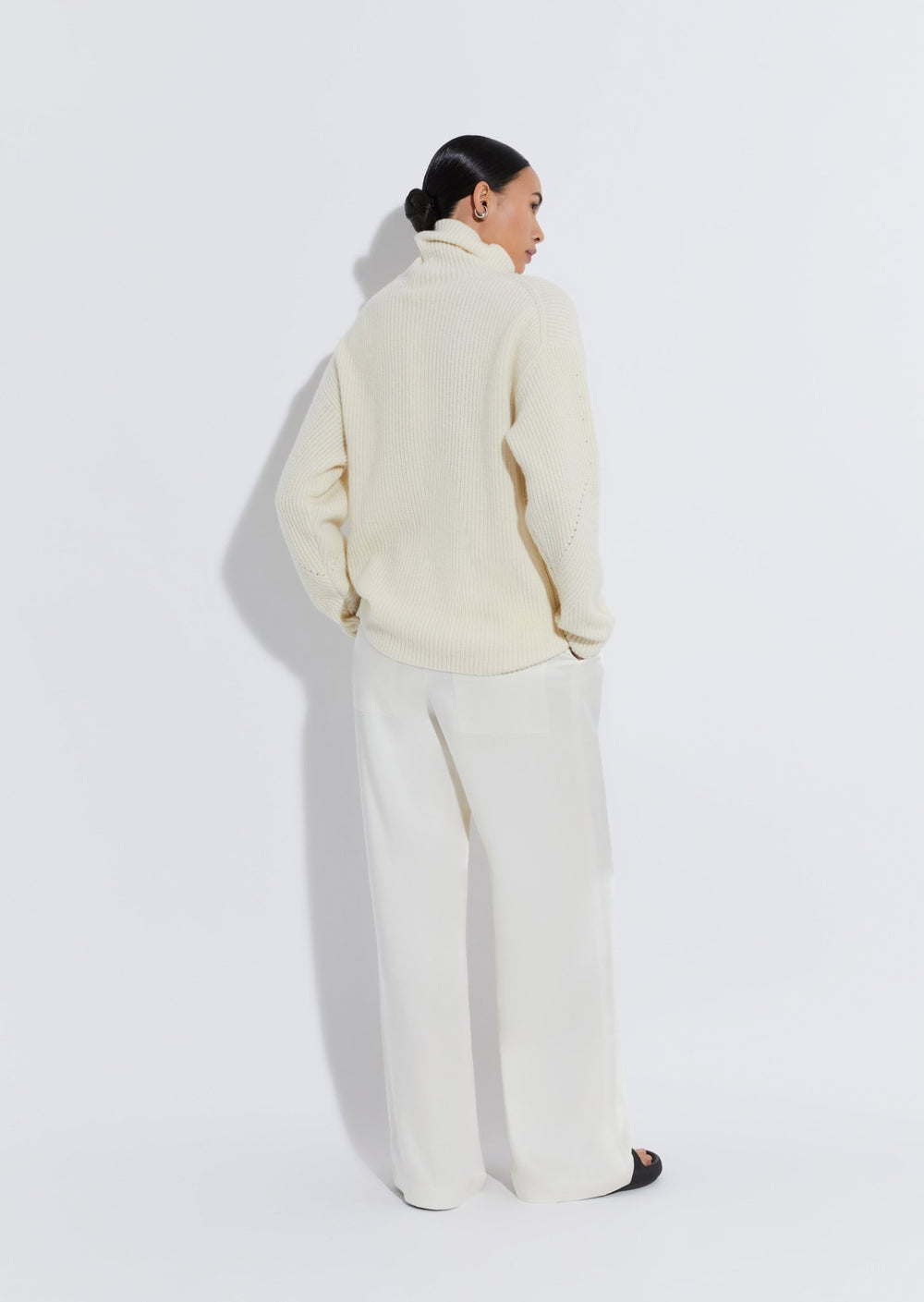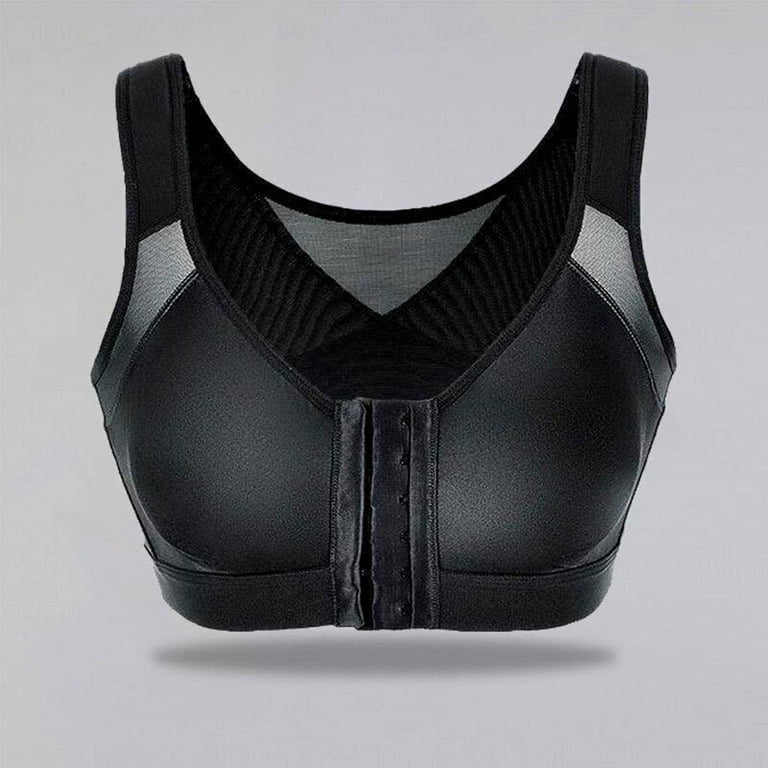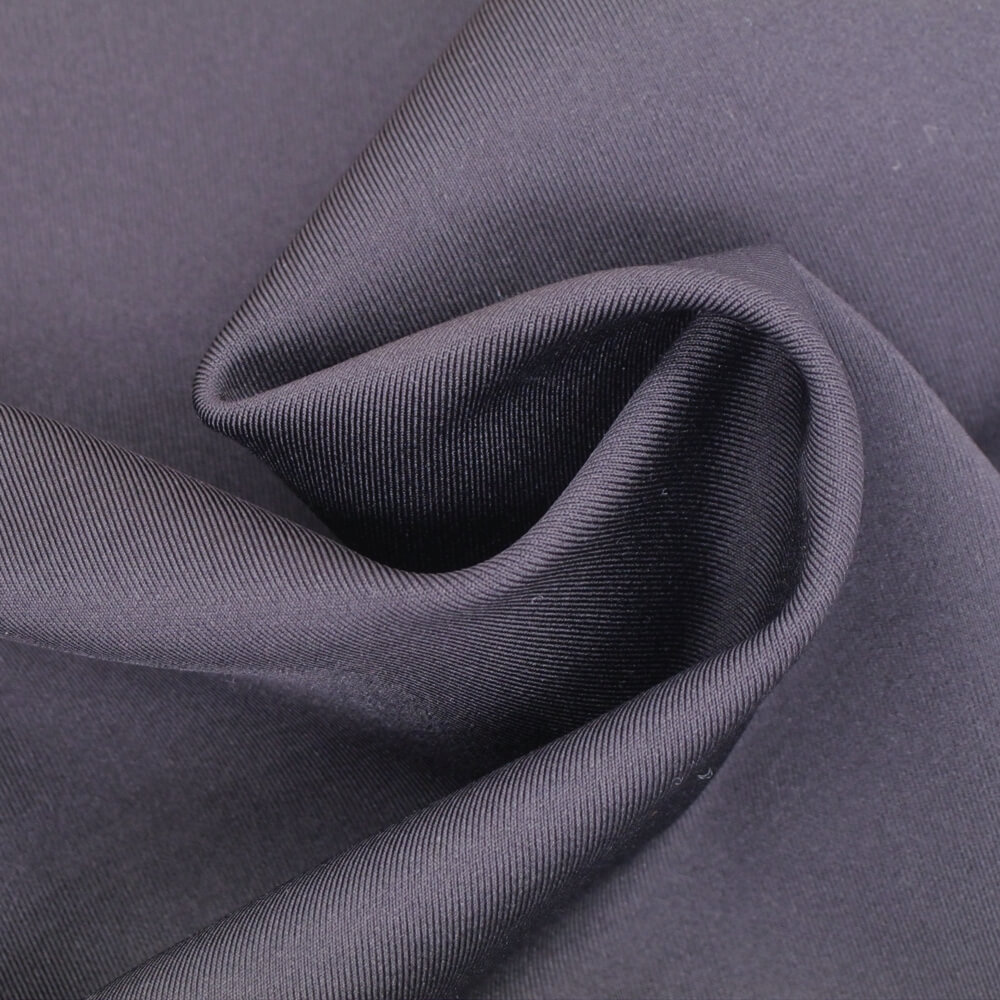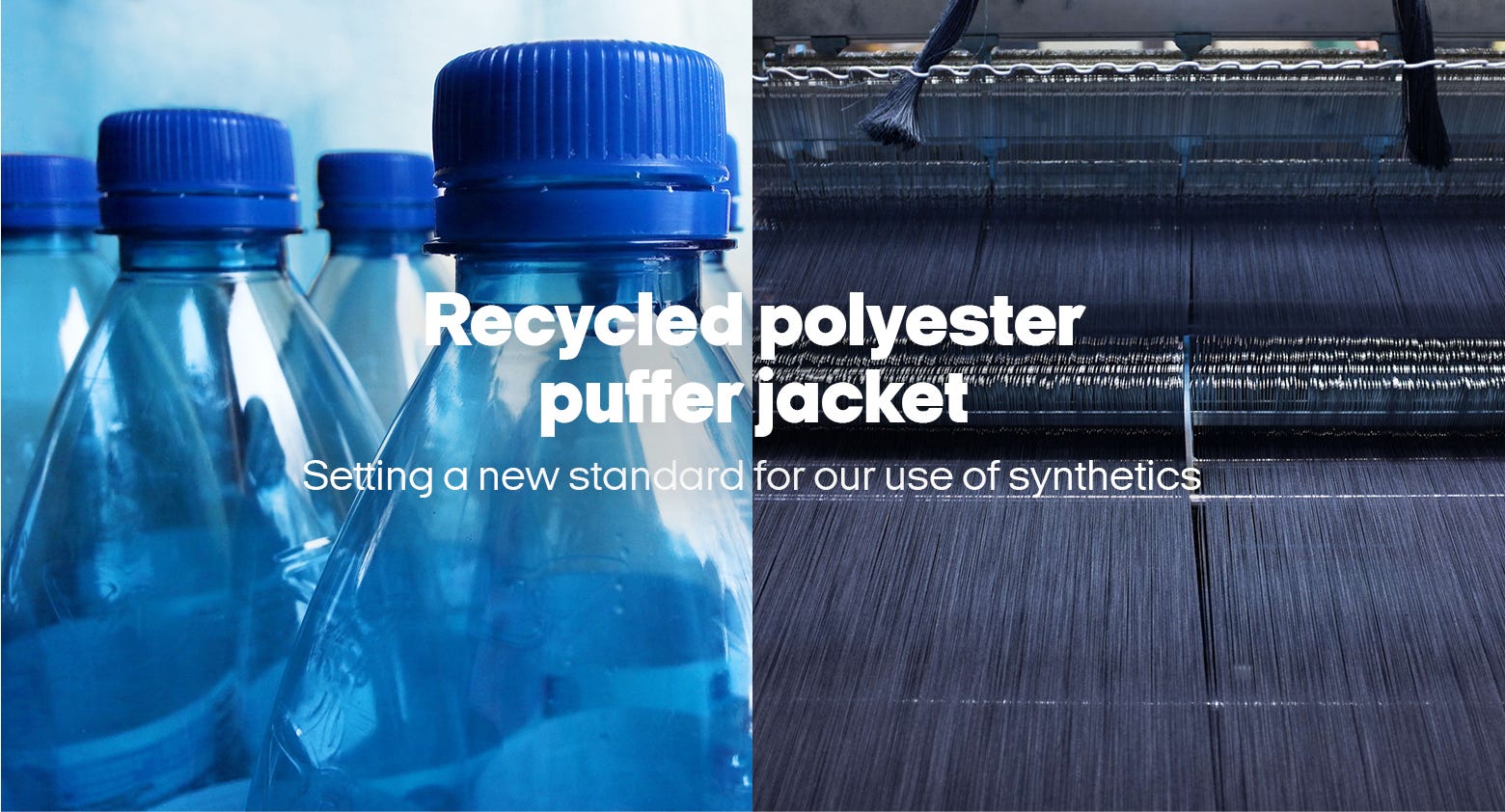Virgin vs recycled polyester made with Repreve® – Sew Dynamic Fabrics
$ 12.50 · 4.6 (237) · In stock

Why buy recycled? To be honest it's the best solution for bad situation. Wearing synthetics will always be bad for the environment. They are made of plastic, require a huge amount of oil and non-renewable resources, and are the biggest contributor to microfibers in our oceans. To be fully sustainable we would need to wear zero synthetic fibers and only natural fabrics. Synthetics currently make up 60% of the textiles produced. Because of the quick drying, recovery and wrinkle free properties they are an ideal fabric for swimwear and active wear. Plus switching to 100% natural fibers would put a huge strain our our land and water use. So when you need to wear synthetics a good compromise is to use fabrics made with recycled polyester (rPET). While it's still made of plastic and microfibers will still shed with each wash, it does allow us to avoid creating virgin plastics and helps keep existing plastic bottles from ending up in our oceans. It's a short term solution until another, more sustainable, solution can be found. Converting PET into recycled polyester uses less water and energy then it would to produce virgin polyester. Most studies show that between 33-53% less energy is used to recreate recycled polyester vs virgin. In addition less CO2 emissions are produced and we do not need to use non-renewable resources (petroleum). Source: Unifi, LLC "Polyester is the most used fiber in the apparel industry. And as Textile Exchange has worked to move the market to preferred fibers, such as organic cotton, it is time that we do the same for polyester. We must move from oil as a feedstock to plastic bottles and eventually postconsumer textiles in a big way. LCA data, the Higg MSI and MADE-BY Environmental Benchmark makes rPET the clear choice." Karla Magruder Fabrikology, rPET WG Lead for Textile Exchange

Circular Fashion Startups - FasterCapital

Textile World January/February 2024 by TextileIndustriesMediaGroup

Industrialization of open- and closed-loop waste textile recycling

Industrialization of open- and closed-loop waste textile recycling
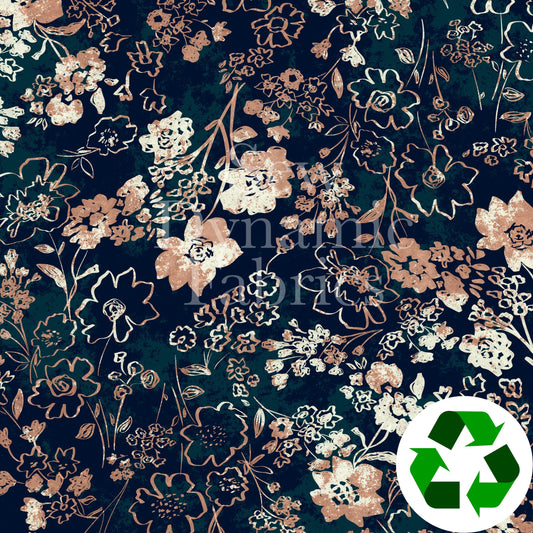
Sew Dynamic Fabrics

8 Best Sustainable Fabrics That Will Reduce Toxin Exposure
Sew Dynamic Fabrics (@sewdynamicfabrics) • Instagram photos and videos

The ultimate guide to activewear fabrics - The Last Stitch

sewing activewear – trish stitched
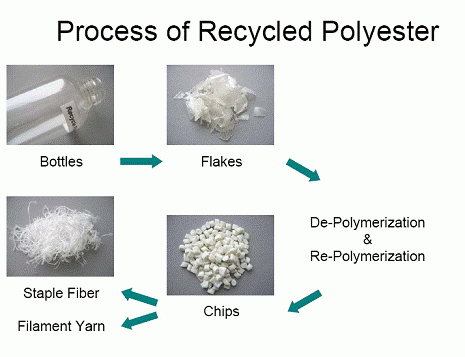
What's The Deal With Recycled Polyester?

PDF) A Green Approach: Comparative Study of Virgin and Recycled


